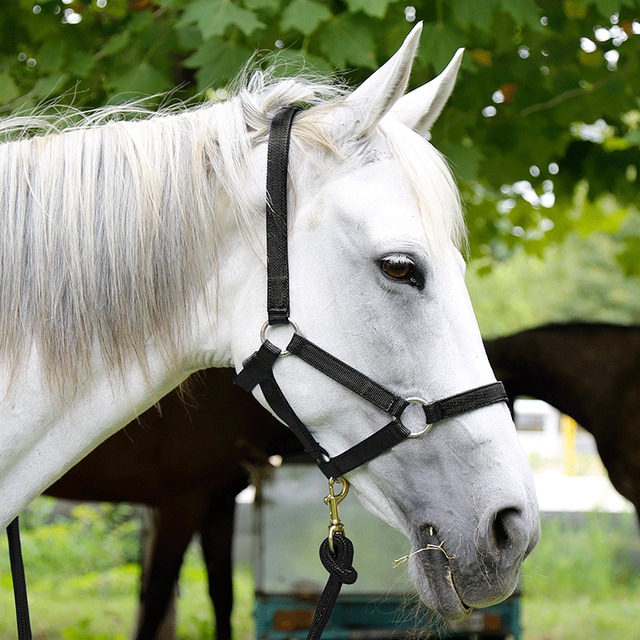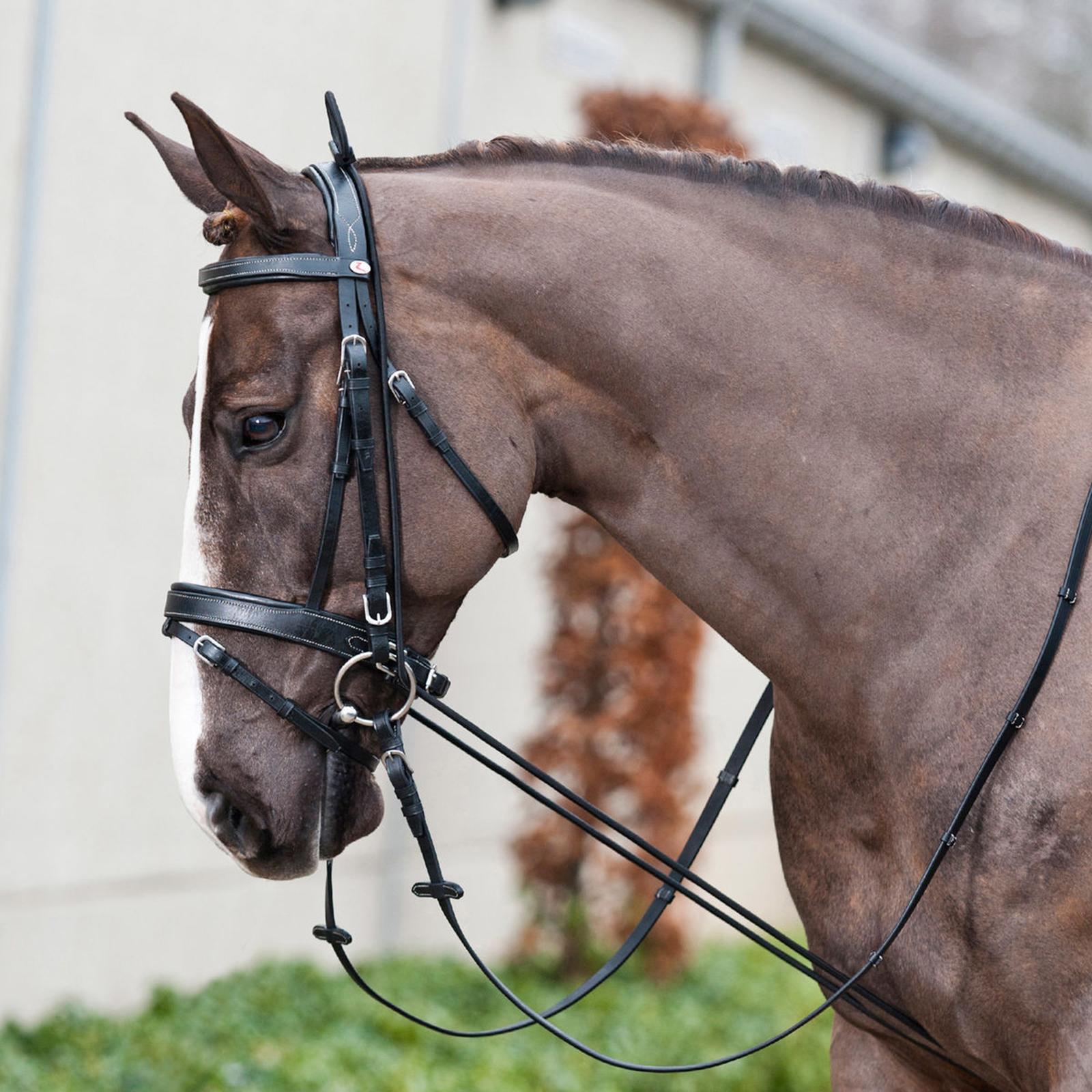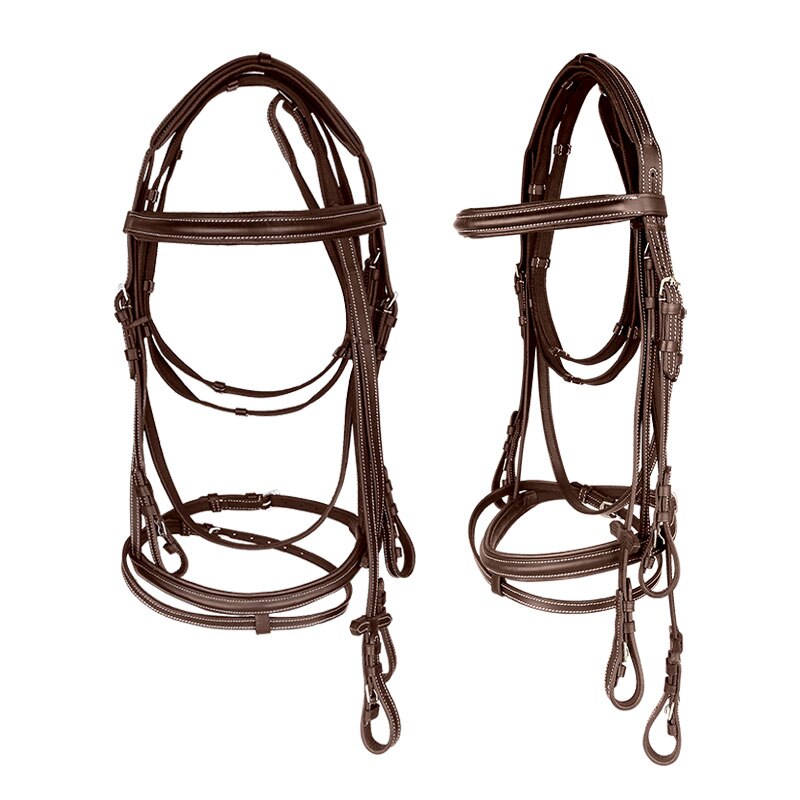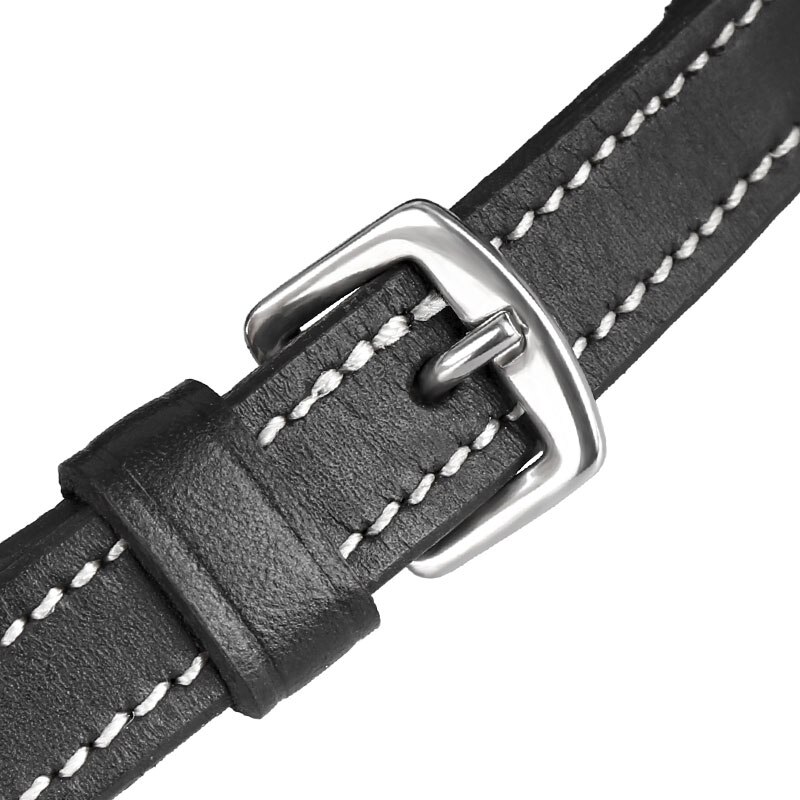
Introduce horse bridles and halters as essential equipment in equestrianism and set the stage for exploring the evolving trends and innovations shaping their future.
Smart Bridles and Halter Technologies
Discuss potential technological advancements in equestrian gear. Explore concepts like smart bridles or halters equipped with sensors for monitoring a horse’s vital signs or integrated GPS tracking for enhanced safety.
Sustainable Materials and Eco-Friendly Designs
Explore the shift towards sustainability in bridle and halter production. Discuss eco-friendly materials like recycled leather, bio-based fabrics, or innovative, biodegradable alternatives, supporting eco-conscious practices in equestrian equipment.
Performance-Enhancing Designs
Discuss future designs aimed at improving performance and comfort. Explore ergonomic designs, lightweight materials, or anatomically shaped bridles and halters to reduce pressure points and enhance the horse’s comfort.
Customizable and Personalized Gear
Highlight the trend towards personalized equestrian gear. Discuss options for customization, allowing riders to tailor it in terms of color, fit, or additional features to suit both their preferences and their horse’s needs.
Innovative Safety Features
Discuss safety innovations in bridles and halters. Explore concepts like breakaway mechanisms or quick-release closures designed to enhance the safety of both horse and rider in various riding scenarios.
Cultural Influences and Traditional Designs
Highlight the influence of cultural heritage on bridle and halter designs. Discuss motifs, craftsmanship, and materials inspired by different equestrian traditions, reflecting the diversity of styles in riding equipment.
Digital Commerce and Customization Platforms
Explore the future of purchasing equestrian gear. Discuss digital platforms offering customization tools, enabling riders to design and visualize their ideal bridles and halters before purchase.
Advancements in Fittings and Adjustability
Discuss innovations in fittings and adjustability. Explore quick-adjust systems or innovative closures that ensure a precise fit, catering to horses of various sizes and conformations.
Conclusion: The Ever-Advancing Gear for Equine Comfort
Summarize the potential future trajectories of horse bridles and halters, emphasizing sustainability, technology integration, safety, customization, and the blend of tradition with modern functionality.



